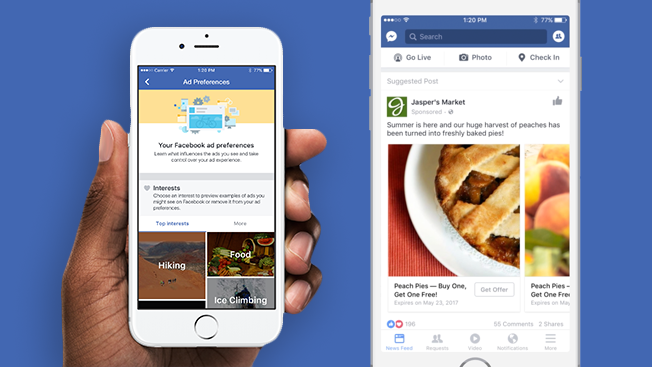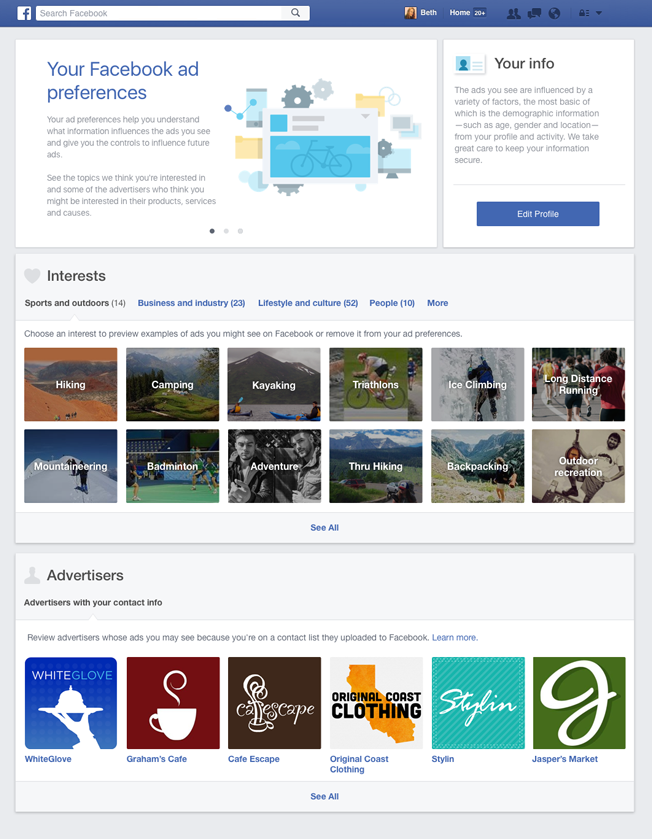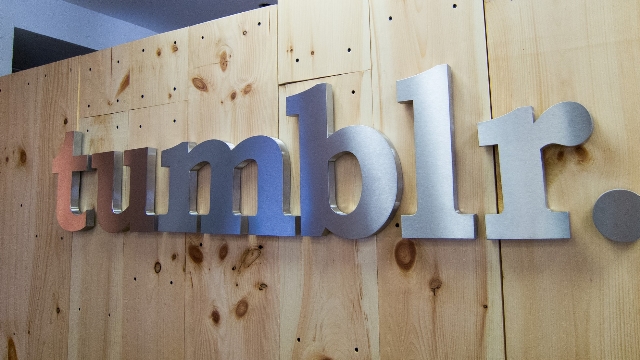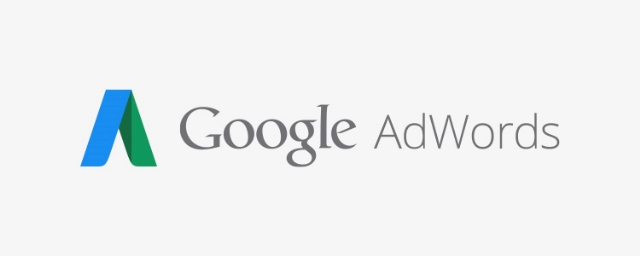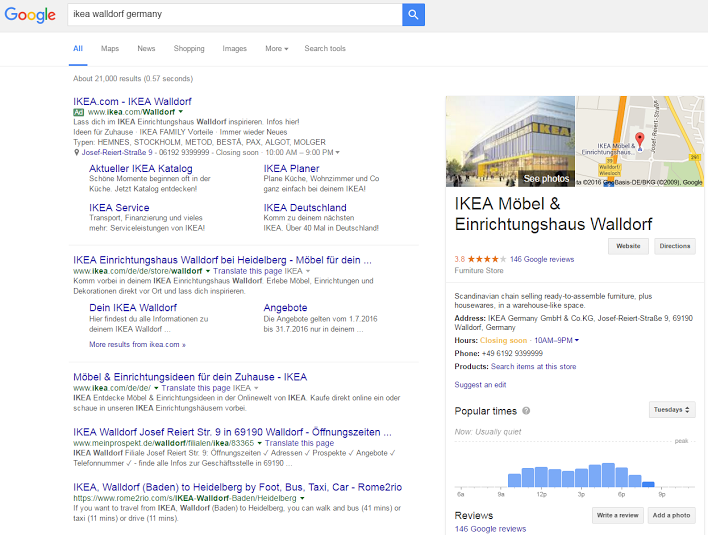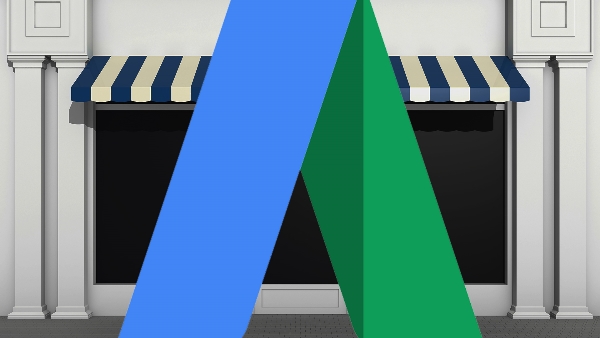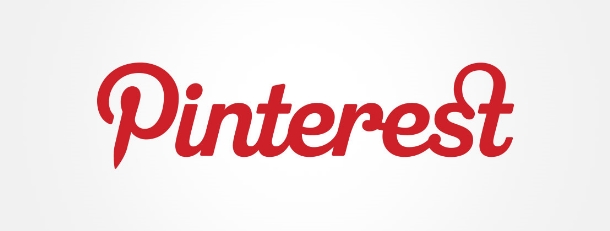
Pinterest is continuing to bulk up its ad platform by allowing advertisers to now buy ads based on how much they want to pay for impressions, the company announced today. In the past, advertisers were only allowed to choose how much they wanted to pay for engagement.
Along with the new way to purchase ads, Pinterest has also added frequency capping to their ad services.
“Now you can bid on a CPM [cost-per-thousand impressions] basis and we’ll optimize how we deliver your ads to reach more people,” according to a Pinterest blog post. “You can also specify the maximum number of times someone sees your campaign. By using this new solution, you’ll get more impressions for your campaigns at more efficient rates and drive higher results.”
This latest move continues Pinterest’s trend of expanding their advertising offerings to bring in more businesses. Earlier this year, the company increased the number of targeting options for ads. They have also made Buyable Pins available to users on all devices, including desktop.
While advertisers have been able to bid for how much they are willing to pay for engagement, Pinterest’s CPM-based ads were only available at fixed prices until now. These prices typically ranged between $30 and $40. Those prices should go down as the new bidding process will increase competition.
The feature is just rolling out, but already JCPenney, The Home Depot, and General Mills are running tests with the new CPM-based ads. The new ads are already available for all business in the U.S, UK, and Canada. More countries are expected to come in the future.

